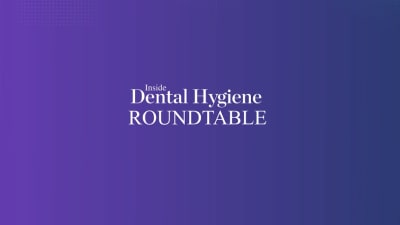
Air Techniques Launches CleanStream Waterline Test Kit for Dental Practices
March 27, 2025
2 min read
False

Layal Bou Semaan, DDS; and Maria L. Geisinger, DDS, MS
CE Credits: 2
Cost: $16.00

Felipe D. Ouriques, DDS, MS; and Maria L. Geisinger, DDS, MS
CE Credits: 2
Cost: $16.00

India Chance, RDH, CDIPC
CE Credits: 0
Cost: $18.00

Joy D. Void-Holmes, RDH, BSDH, DHSc; Michelle Strange, RDH, MSDH; India Chance, RDH, CDIP; LaVerne Thomas, RDH, BSDH
CE Credits: 0
Cost: $0.00

Jo-Anne Jones, RDH, FIADFE
CE Credits: 1
Cost: $0.00

Amanda Hill, BSDH, RDH, CDIPC
CE Credits: 1
Cost: $0.00
False